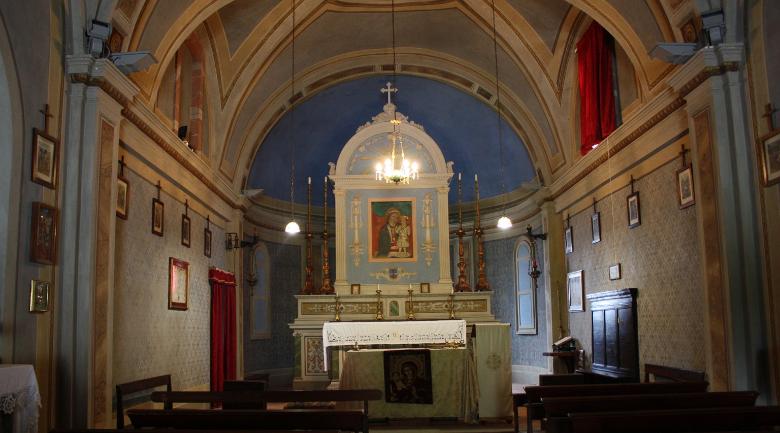Glass Museum
A precious and ancient history: when glass was made in Piegaro
The Glass Museum of Piegaro is located in an ancient factory, no longer in use since 1968, in the historic center of the village. The fascinating industrial archaeology building testifies and narrates the importance of glassworking for the Piegaro community. According to some documents, this craft has been practiced in the small town since the Middle Ages. It was likely promoted by the presence of a community of Venetian master glassmakers, the proximity to the Orvieto Cathedral construction site, and the abundant forests in the area, which provided the necessary fuel for the glass furnaces. The first documented reference dates back to 1321, when the glassworks received an important commission from Lorenzo Maitani, architect of the Orvieto Cathedral, for the supply of glass tiles for the cathedral windows, an evident sign of a flourishing and high-quality production. In the following centuries, Piegaro glassmakers provided colored glass for the mosaics of major cathedrals in Perugia, Milan, and Bologna, while also producing common objects such as glasses, pitchers, and flasks. The production of these flasks became a hallmark of Piegaro, with the final product requiring a secondary process of straw wrapping, carried out by women and children in the village, providing an important source of income for many families. At the beginning of the 19th century, the glassworks were going through a difficult period; it was the Marquis Misciattelli, who married Cunegonda Cocchi in 1815, heir to the family that owned the glass factory, who gave new impetus to the production (the museum, among other things, preserves the couple's wedding set: precious engraved and painted glassware bearing the family crest). Misciattelli introduced semi-industrial production through the use of machinery, reorganized the marketing with more modern methods, and brought crystal production to very high levels, so much so that in 1861, at the Italian Industrial Exhibition in Florence, the Piegaro glassworks was awarded the silver medal. The glass factory remained in operation until 1968, and though production has decreased, it continues outside the town walls. In 2009, the old factory was restored and repurposed into the Glass Museum by the local administration.




































.png/63402446-6fef-a6a0-d1c7-deea2b29ae1f?width=780)


